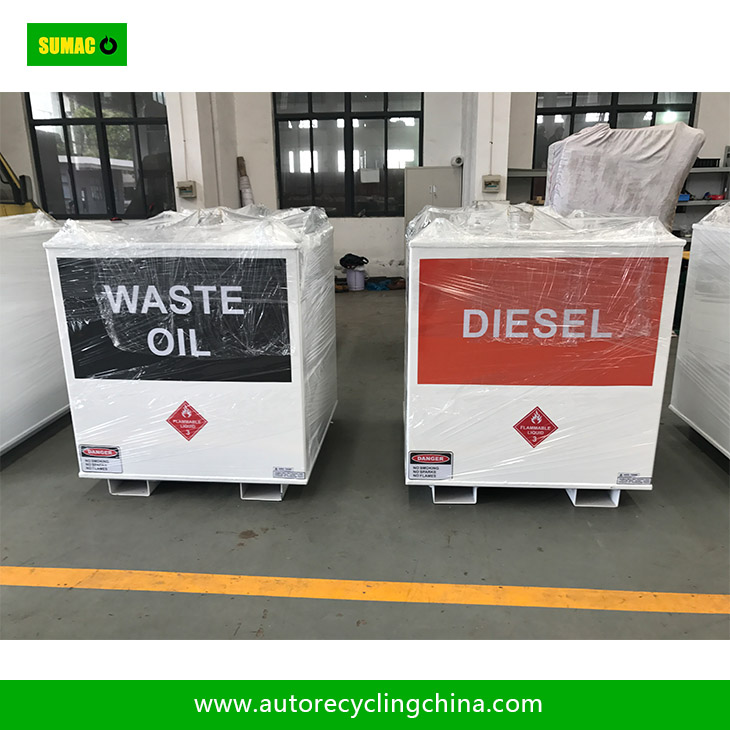Monitoring the quality of gasoline inside a transfer tank is essential to ensure its safety, compliance with standards, and proper functioning in engines. Here are the key methods and considerations for effective quality monitoring:
1. Regular Sampling and Laboratory Analysis
Periodic sampling is the cornerstone of quality control. Samples should be taken from multiple depths within the tank (top, middle, and bottom) to account for potential stratification or contamination. Laboratory tests typically include:
- Density and Viscosity: These parameters indicate fuel composition and potential adulteration.
- Octane Rating: Measures the fuel's resistance to knocking, critical for engine performance.
- Water Content: Excess water can cause corrosion, microbial growth, and engine issues.
- Contaminants: Tests for particulate matter, sediment, or chemical impurities (e.g., sulfur, metals).
- Oxidation Stability: Assesses the fuel's resistance to forming gums or varnishes over time.
2. In - Tank Sensors and Monitoring Systems
Advanced sensors can provide real - time data on key quality 指标:
- Water Detection Sensors: Use capacitance or ultrasonic technology to detect water accumulation at the tank bottom.
- Turbidity Sensors: Measure the clarity of the fuel to identify suspended particles or cloudiness.
- Temperature Sensors: Monitor temperature fluctuations, which can affect fuel stability and evaporation rates.
- Conductivity Sensors: Detect electrostatic charge buildup, a risk factor for ignition.
3. Visual Inspection and Physical Checks
- Tank Interior: Inspect for signs of corrosion, rust, or microbial growth (e.g., slime or discoloration).
- Fuel Appearance: Cloudy or discolored fuel may indicate contamination or water ingress.
- Odor: Unusual smells (e.g., a strong sour odor) could signal oxidation or microbial activity.
4. Microbiological Testing
- Bacteria and Fungi: Microbial growth in fuel tanks can produce acids, sludge, and blockages. Tests like ATP (adenosine triphosphate) bioluminescence or culture - based methods can detect microbial contamination.
5. Automated Monitoring and Data Logging
- Remote Monitoring: Connect sensors to a centralized system for continuous data collection and alerts.
- Data Analysis: Use software to track trends in quality parameters over time, enabling predictive maintenance and early detection of issues.
6. Compliance with Standards
- Regulatory Requirements: Adhere to local and international standards (e.g., ASTM D4814 for gasoline) for quality specifications and testing frequencies.
- Certification: Ensure that testing methods and laboratories are accredited to maintain compliance.
7. Preventive Measures
- Filtration Systems: Install high - efficiency filters to remove particles and water during transfer operations.
- Tank Maintenance: Regularly clean tanks to prevent sediment buildup and microbial growth.
- Sealing and Ventilation: Ensure tight seals and proper ventilation to minimize moisture ingress and evaporation.
8. Emergency Response Protocols
- Contingency Plans: Establish procedures for addressing quality issues, such as fuel contamination or water intrusion.
-
Quick Response: Develop protocols to isolate, drain, or treat compromised fuel to prevent damage to engines or equipment.

